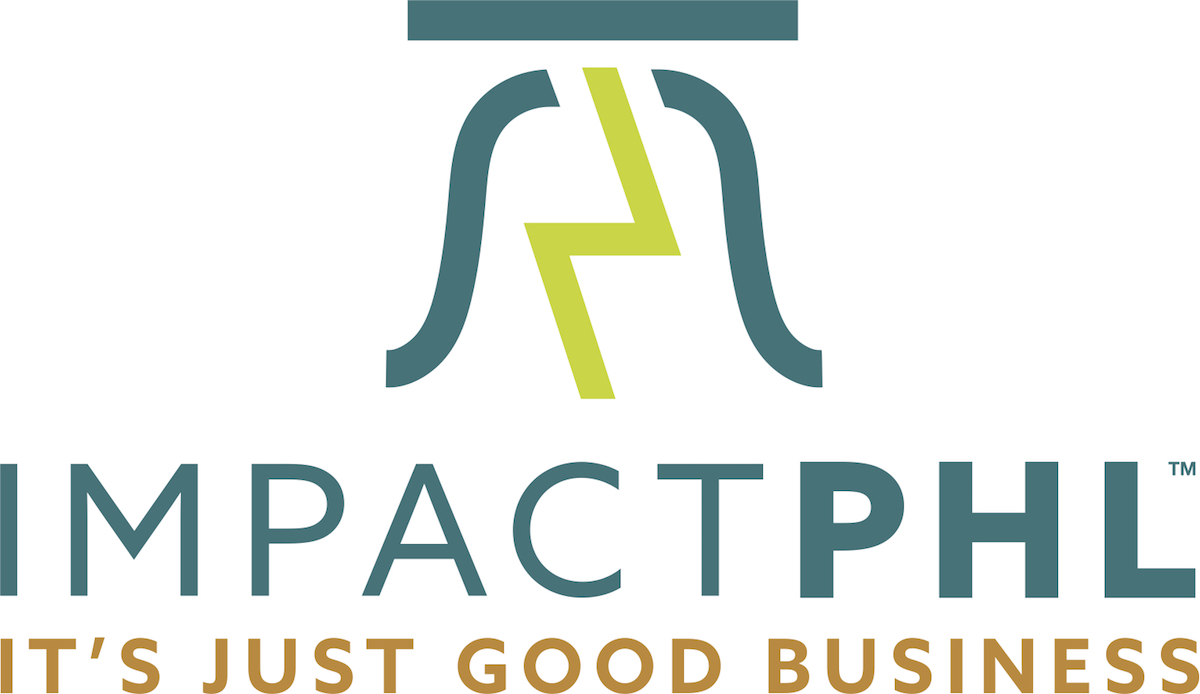
This essay was originally published via ImpactPHL Perspectives, a multi-part series exploring the many facets of the impact economy from the perspectives of its doers, movers, shakers and agents of change. This version has been edited for style.
Shareholder advocacy or activism is the process by which individual shareholders, or groups of shareholders, attempt to influence the decisions made by a company’s management. It encompasses various strategies to engage in companies’ investment portfolios on corporate, social and environmental governance issues.
There are various forms of shareholder advocacy, including resolutions at shareholder meetings, proxy fights, publicity campaigns, negotiations with management and litigation. Shareholder activists may use any or all of these tools to achieve their goals.
While there are no definitive statistics on the effectiveness of shareholder advocacy, there are several high-profile examples of successes achieved by activist shareholders.
In some cases, shareholder activism has led to significant changes in a company’s operations or policies. However, it is essential to remember that shareholder activism is not without risk, and there is always the potential for losses to be incurred.
Forms of shareholder advocacy
There are many ways that shareholders can advocate for their interests, and the three most common forms are the following:
Resolutions at shareholder meetings
A shareholder resolution is a formal proposal that a shareholder or group of shareholders puts forward to the company’s board of directors. The resolution must pass a number of tests to be valid, including the requirement that it pertains to the company’s business. Shareholder resolutions can address a wide range of issues, from corporate governance and executive compensation to environmental and social responsibility. Shareholders can propose resolutions on any topic they choose, and a resolution must receive a majority vote to be adopted.
Proxy fights

Zach Stein. (Courtesy ImpactPHL)
It involves seeking to gain control of a company’s board of directors by winning the support of its shareholders. In a proxy fight, the shareholder(s) will get other shareholders to vote for them instead of the current board of directors. This is done by submitting a proxy statement, which is a document that allows shareholders to indicate whom they want to be represented at the annual meeting. The goal of a proxy fight is to gain control of the company’s board of directors so that the shareholders can implement their agenda.
Publicity campaigns
Publicity campaigns raise public awareness of the issue(s) to persuade other shareholders to join the cause. Shareholder activists will use various methods to publicize their campaigns, including press releases, social media and letters to the editor, to highlight their cause and put pressure on management. One of the most famous examples of a publicity campaign was the “greenmail” campaign waged by Carl Icahn against TWA in the 1980s. Icahn purchased a large amount of stock in TWA and then began a public campaign demanding that the company be sold or restructured.
Negotiations with management
Many shareholders prefer to negotiate with management to reach a compromise on the company’s issues. Negotiations can be facilitated through direct negotiations or a proxy advisory firm. Direct negotiations involve the shareholder(s) meeting with management to discuss the issue(s) in person or over the phone. Proxy advisory firms provide advice to shareholders on how to vote. They can also help to facilitate negotiations between shareholders and management.
Litigation
Shareholder advocacy can also take the form of litigation. Shareholders will often file lawsuits against a company if they cannot settle through other means to compel it to change its policies or recover damages. One of the most famous examples of shareholder litigation was the lawsuit filed by the pension funds against Enron. The pension funds filed a lawsuit alleging that Enron had committed securities fraud, and they eventually recovered over $7 billion in damages.
Uses of shareholder advocacy
There are various reasons shareholders might choose to pursue shareholder advocacy. Some common goals include:
Increasing transparency and accountability
One of the primary goals is to increase transparency and accountability by holding management accountable for their commitments, ensuring that financial information is accurate and complete, and monitoring corporate governance policies.
Reducing costs
Another goal is to reduce costs for shareholders. Shareholders often pursue campaigns to get the company to focus on its core business and divest non-core assets. They may also try to get the company to reduce its spending on things like executive compensation, administrative costs, and capital expenditures.
Protecting shareholder rights
It is essential for shareholder rights to be preserved, and shareholders can do that by seeking to enforce their rights concerning the company’s bylaws, voting their shares in accordance with their wishes, and preventing dilution of their ownership stake.
Reforming executive compensation
Executive compensation has become a significant issue for shareholders in recent years. Shareholder advocacy is often used to reform executive compensation practices, such as opposing excessive pay packages or seeking to tie pay to performance.
Improving corporate governance
Improving corporate governance practices includes increasing board independence, enhancing management oversight, and ensuring that executives are held accountable for their actions.
Achieving a higher return on investment
Shareholders hope to achieve a higher return on investment by ensuring that the company is efficiently managed and maximizing the value of the company’s assets.
Promoting environmental and social responsibility
Advocacy can be used to promote environmental and social responsibility. Shareholders may push the company to adopt environmentally friendly policies that benefit society.
Prevent take overs
It can also be used to prevent a company from being taken over by a hostile bidder or to block a merger or acquisition that the shareholders feel is not in the company’s best interest.
Examples of shareholder advocates
There are several prominent examples of shareholder advocates who have successfully achieved their goals. Some of the most notable include:
Carl Icahn
Carl Icahn is a well-known activist investor who has been involved in several high-profile proxy fights. He is known for pushing companies to sell off non-core assets, reduce spending, and increase transparency and accountability.
Bill Ackman
Bill Ackman is the founder of Pershing Square Capital Management, a hedge fund. He is known for his advocacy of shareholder rights, and he has been very successful in pushing for corporate governance reform at different companies.
Dan Loeb
Dan Loeb is the founder of Third Point LLC, another hedge fund. He is famous for taking significant positions in companies and pushing for changes such as board shakeups, asset sales and executive compensation reform.
Engine No. 1
Engine No. 1 is a group of shareholders that focuses on environmental and social responsibility. They use shareholder advocacy to get companies to adopt environmentally friendly policies and practices. They have won at least 2 Exxon board seats, and they were also successful in getting Walmart to adopt a comprehensive sustainable energy plan.
The bottom line: Shareholder advocacy is a tool that shareholders can use to pursue various goals. These common goals include:
- increasing transparency and accountability,
- reducing costs,
- protecting shareholder rights,
- reforming executive compensation,
- improving corporate governance,
- achieving a higher return on investment,
- promoting environmental and social responsibility, and
- preventing takeovers.
Join the conversation!
Find news, events, jobs and people who share your interests on Technical.ly's open community Slack

Delaware daily roundup: Vital conditions framework; Seaford center breaks ground; Staff shortage at the beach

Philly daily roundup: Student-made college cost app; Central High is robotics world champ; Internet subsidy expiration looms

Delaware daily roundup: Equity Action Summit video; DE Senate debates wind energy; Hydrogen hub listening sessions

